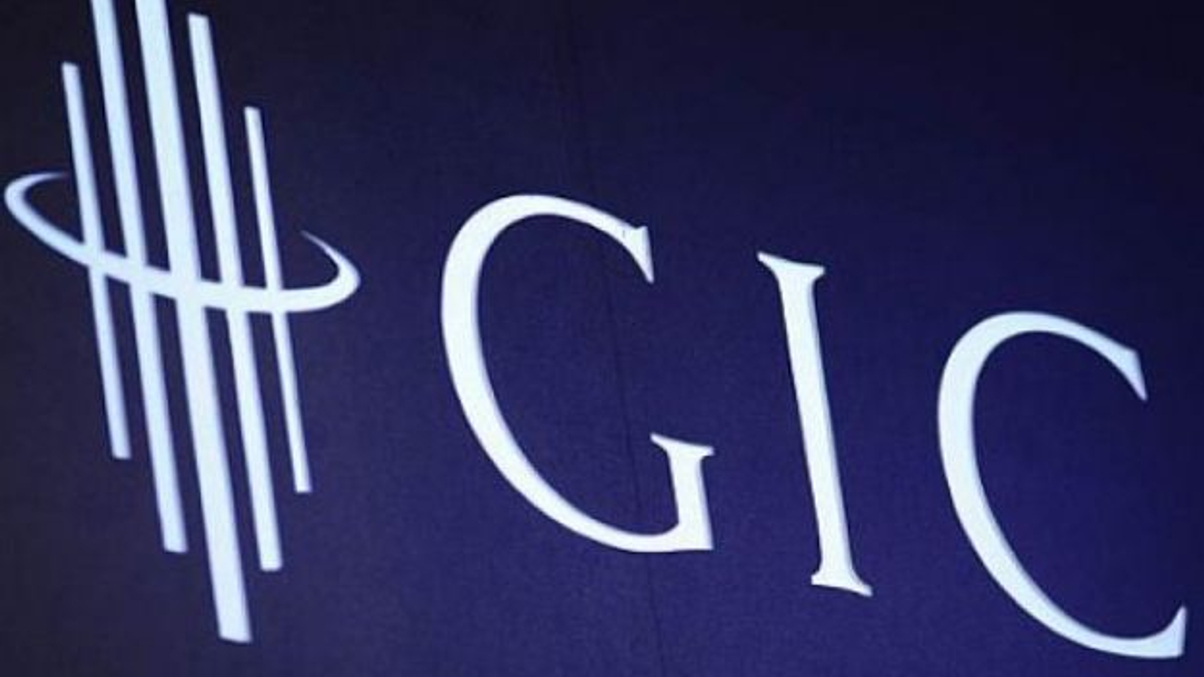Blackstone and GIC execute rare Asian dividend recap
The private equity firm and sovereign wealth fund took advantage of strong bond markets to raise funds to pay themselves a special dividend in an Indian outsourcing company.

Blackstone and Singapore's Government Investment Corporation broke new ground for Asia's private equity industry on Tuesday after using the bond markets to raise funds for a dividend recapitalisation in Indian outsourcing company MphasiS.
Sign in to read on!
Registered users get 2 free articles in 30 days.
Subscribers have full unlimited access to AsianInvestor
Not signed up? New users get 2 free articles per month, plus a 7-day unlimited free trial.
¬ Haymarket Media Limited. All rights reserved.


